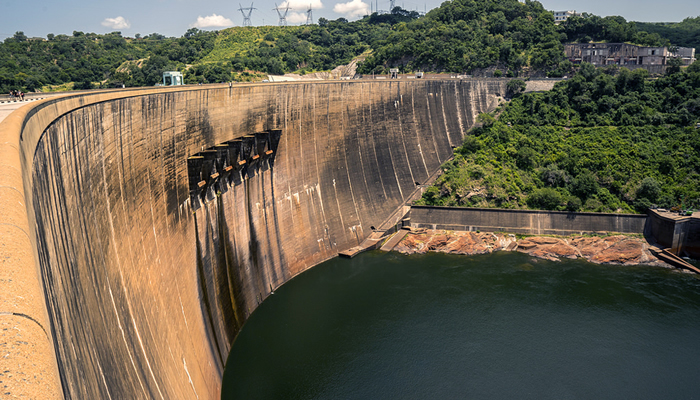Much of Zambia has been plunged into darkness by a power cut, the country’s Energy Minister Dora Siliya has said.

In a message on Facebook she said the blackout was caused by faulty equipment and that only the Southern and Western provinces – supplied by a hydroelectric power plant at the Victoria Falls – were unaffected.
The incident is a repeat of a similar blackout on 11 December.
Zambia – a hydroelectric-dependent country – has had erratic rainfall.
The 1.4 million people who live in the capital Lusaka are suffering after an inconsistent rainy season from last October to March this year.
The rainfall shortages have left some reservoir water levels too low, resulting in load shedding – as a result of which the government says it has had to impose planned power cuts – sometimes lasting eight to 14 hours a day.
Zambia had one of Africa’s fastest growing economies – expanding on average 7% annually over the past five years – driven by mining of its huge copper and cobalt reserves.
But global prices for minerals have dropped, coinciding with low rainfall and power cuts. On top of that, Zambia’s local currency, the kwacha, has recently tumbled against the US dollar. Many businesses cannot absorb such unplanned costs.
Power cuts typically add 40% to businesses’ costs in emerging economies, the World Bank estimates.
Analysts say that Zambia’s – and sub-Saharan Africa’s – energy crisis is caused by a lack of planning, a lack of investment as a result of low tariffs, prevarication by politicians and poor management of resources. BBC






